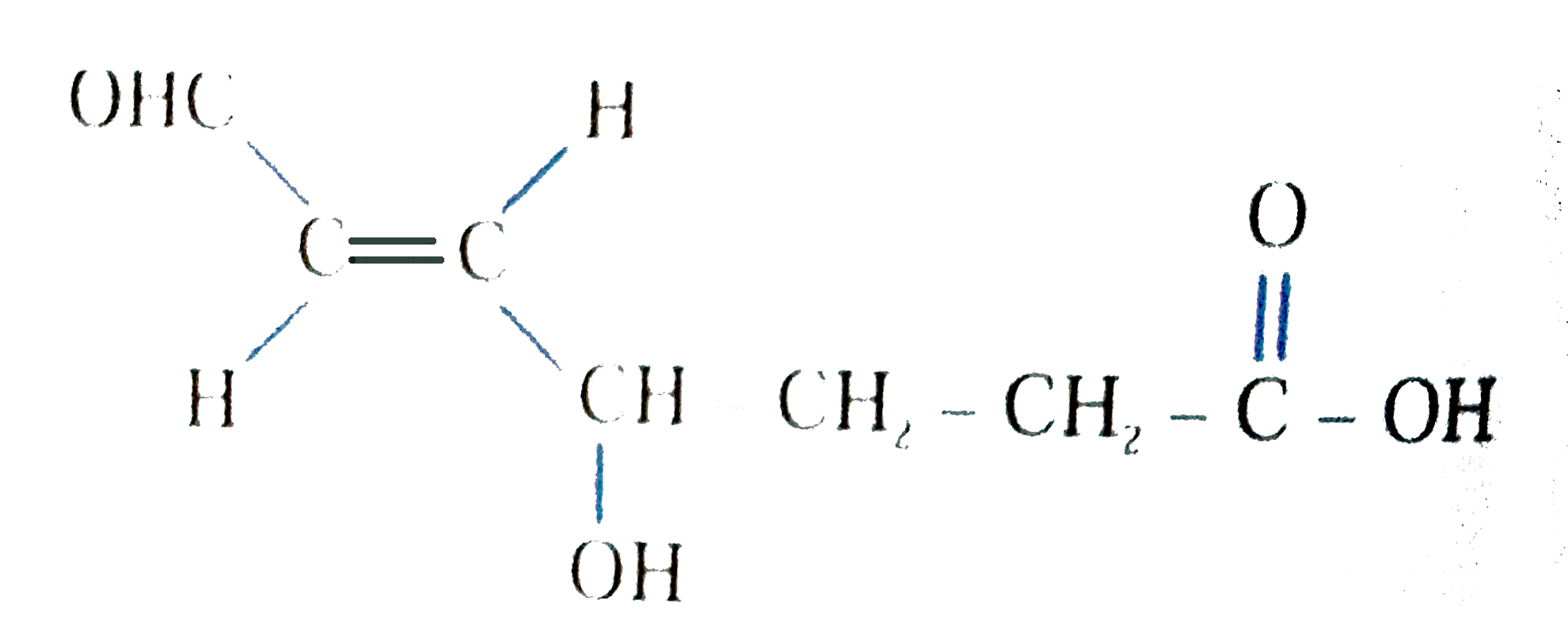The rate expression for the reaction A(g) + B(g) → C(g) is rate = KC2AC½B. What changes in the initial concentration of A and B will cause the rate of reaction increase by a factor of eight?
CA×2,CB×2
CA×2,CB×4
CA×1,CB=4
CA×4,CB×1
The correct Answer is:B
Rate =K[A]2[B]1/2
Topper's Solved these Questions
- BOOK - NARAYNACHAPTER - CHEMICAL KINETICS EXERCISE - EXERCISE -2 (C.W) ORDER OF REACTION16videos
CHEMICAL KINETICS
- BOOK - NARAYNACHAPTER - CHEMICAL KINETICS EXERCISE - EXERCISE -2 (C.W) HALF LIFE4videos
CHEMICAL KINETICS
- BOOK - NARAYNACHAPTER - CHEMICAL KINETICS EXERCISE - EXERCISE -1 (H.W) COLLISION THEORY4videos
CHEMICAL KINETICS
- BOOK - NARAYNACHAPTER - CARBOXYLIC ACIDEXERCISE - All Questions288videos
CARBOXYLIC ACID
- BOOK - NARAYNACHAPTER - CHEMISTRY IN EVERYDAY LIFEEXERCISE - ASSERTION & REASON TYPE QUESTIONS10videos
CHEMISTRY IN EVERYDAY LIFE
Similar Questions
The decomposition of CH3OH occurs as CH3CHO(g)→CH4(g)+CO(g), the kinetic data provided is

The rate expression thus can be given as01:49View SolutionThe half life period of a first order reaction is 10 minutes . The time required for the concentration of the reactant to change from 0.08 M to 0.02is :
04:43View SolutionConsider the energy profile, for the reaction x+y→R+S .Which of the following deduction about reaction is not correct?
 03:30View Solution
03:30View SolutionProvide IUPAC name of the compound given below.
 01:46View Solution
01:46View Solution(A) Analgesics bring down body temperature during high fever.
(R ) Tetracyclin is a tranquillizer.06:31View SolutionThe rate expression for reaction A(g)+B(g)→C(g) is rate =k[A]1/2[B]2. What change in rate if initial concentration of A and B increases by factor 4 and 2 respectively ?
02:19View SolutionFor the hypothetical reaction 4A_((g))+5B_((g)) to 4C_((g))+6D_((g)) , if the rate of reaction in terms of disappearance of A is -(Delta[A])/(Delta t) , then write the rate expressions in terms of concentration of B, C and D.
03:15View SolutionIn the reaction 2NO_(g) + 2H_(2(g)) to N_(2(g)) + 2H_(2)O , if initial concentration of hydrogen is kept constant and the concentration of NO is doubled , the rate of reaction increases by four times. This shows that rate is directly proportional to _______.
02:26View Solutionउस अभिक्रिया की कोटि जिसकी, दर KC3/2AC1/2B है, होगी
07:01View Solutionअभिक्रिया उत्पाद , जब दोनों अभिकारकों G तथा H की सान्द्रतादोगुनी की जाती है तो दर (rate) आठ गुना बढ़ जाती है जब G की सान्द्रतादोगुना तथा ह की सान्द्रतास्थिर राखी जाती है तो दर (rate) दोगुना हो जाती है अभिक्रिया की सम्पूर्ण कोटि (order) होगी
View SolutionFor the reaction A+B products, it is observed that:
(1) on doubling the initial concentration of A only, the rate of reaction is also doubled and
(2) on doubling te initial concentration of both A and B, there is a charge by a factor of 8 in the rate of the reaction.
The rate of this reaction is given by02:09View SolutionThe rate expression for the reaction A(g) + B(g) to C(g) is rate = KC_A^2 C_B^½ . What changes in the initial concentration of A and B will cause the rate of reaction increase by a factor of eight?
02:09View SolutionThe order of a reaction with rate law, Rate= kC_A^(3//2) C_B^(1//2) will be:
03:00View Solutionअभिक्रिया A+B→ उत्पाद के लिए यह प्रेक्षित किया गया
(i) कि केवल A की प्रारंभिक सान्द्रतादोगुना करने पर अभिक्रिया दर भी दोगुनी हो जाती है
(ii) A तथा B दोनों की ही प्रारंभिक सान्द्रतादोगुना कर देने पर, अभिक्रिया की दर 8 गुना हो जाती है
इस अभिक्रिया की दर निम्न द्वारा दी जाएगी02:46View SolutionThe rate expression for the reaction A_((g)) + B_((g)) rarr C_((g))" is rate" = k[A]^(2)[B]^(1//2) . What changes in the initial concentrations of A and B will cause the rate of reaction to increase by a factor of eight?
04:44View SolutionThe rate expression for the reaction A_((g))+B_((g))toC_((g)) is rate =kC_(A)^(2)C_(B)^(1//2) what changes in the initial concentrations of A and B will cause the rate of reaction to increase by a factor of eight?
03:38View Solution

